

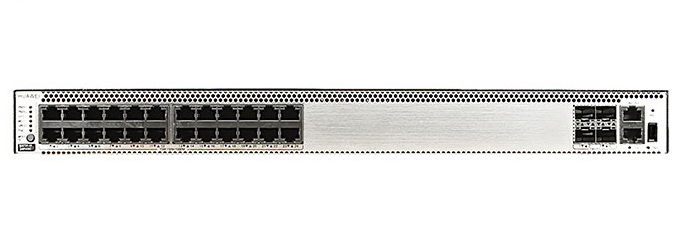
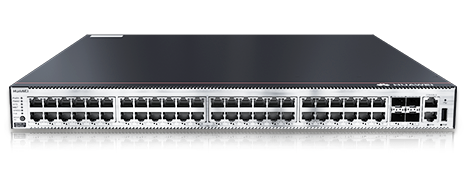

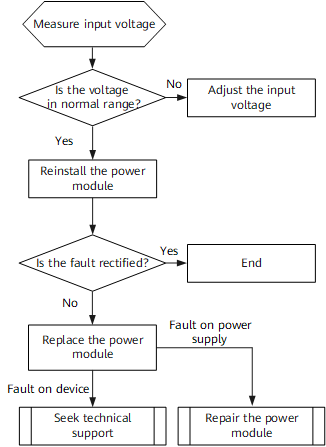


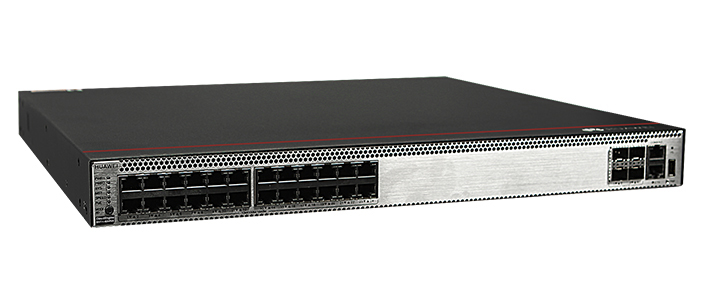

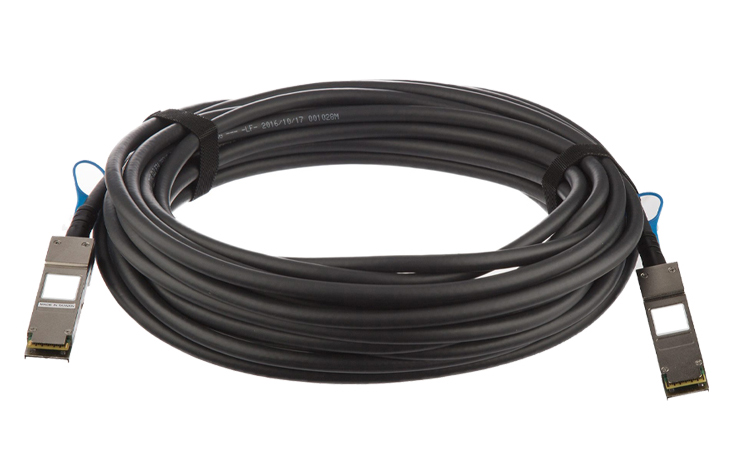


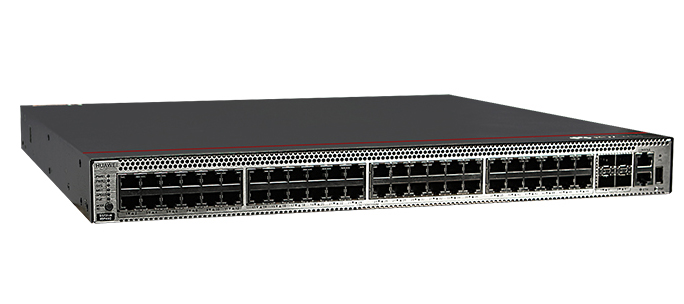

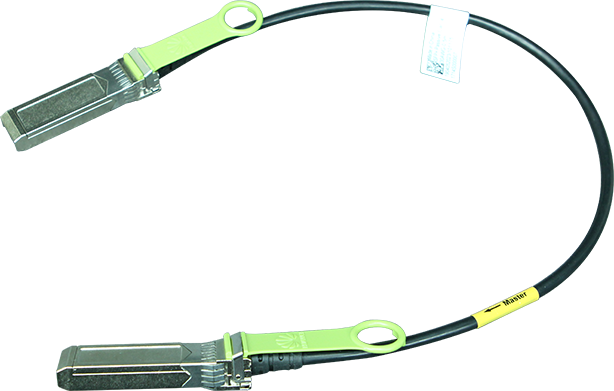
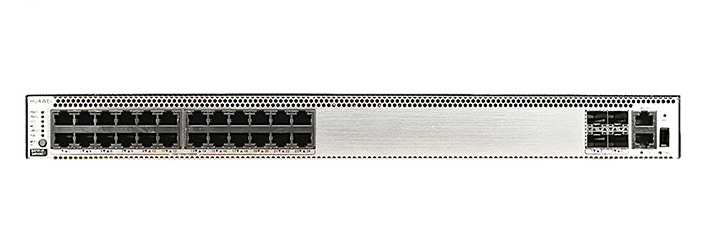

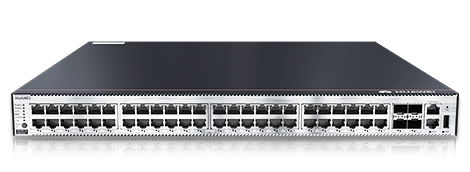
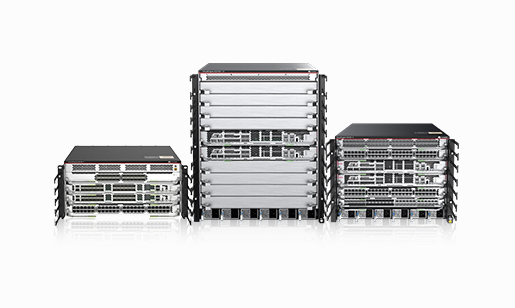
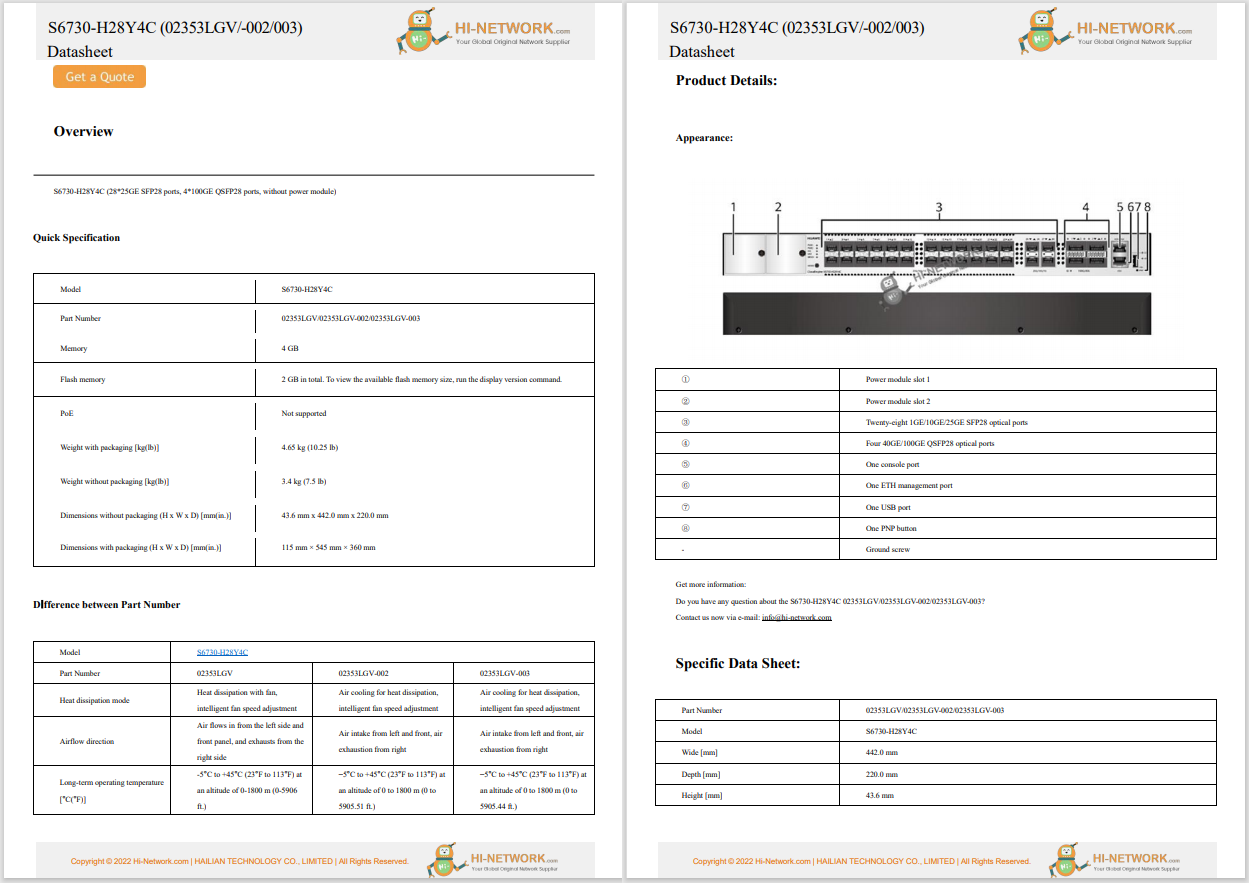

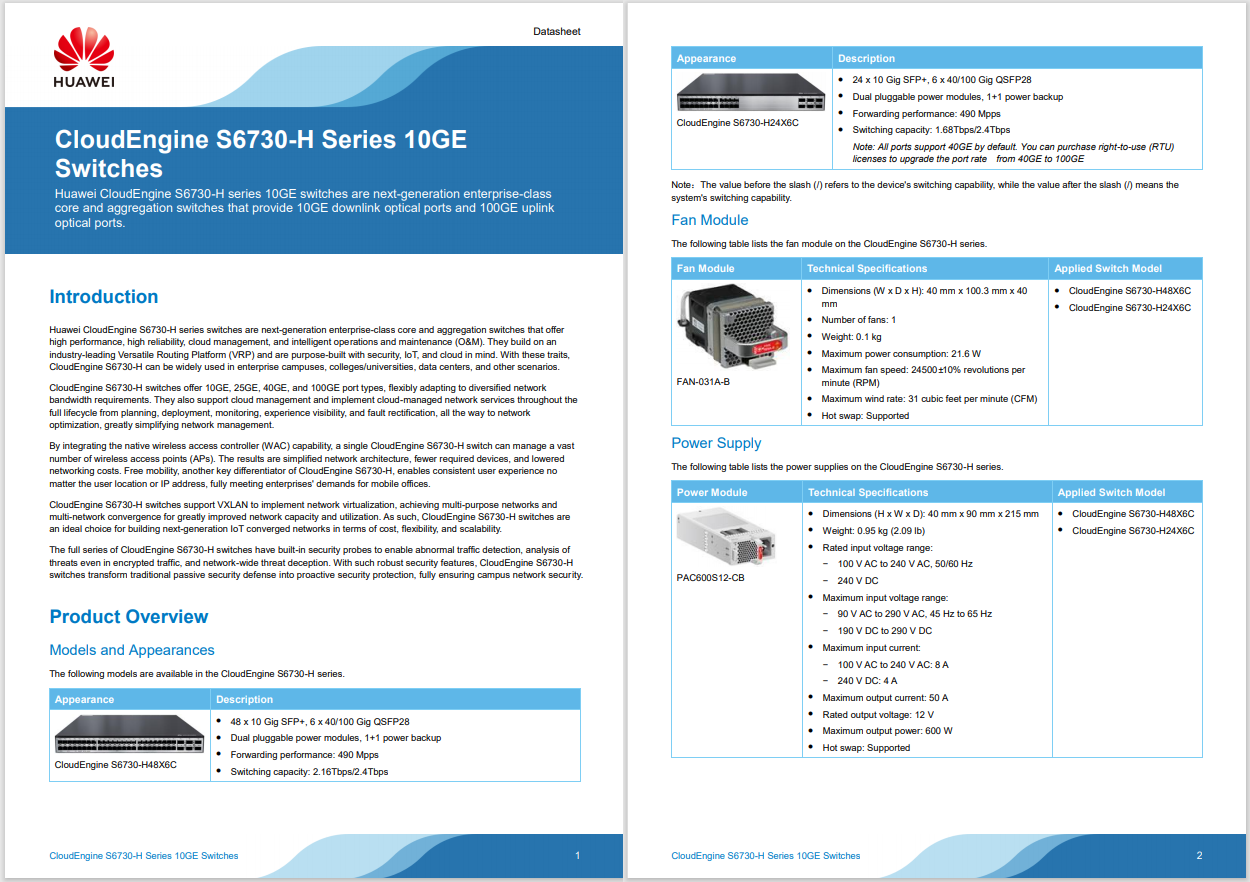




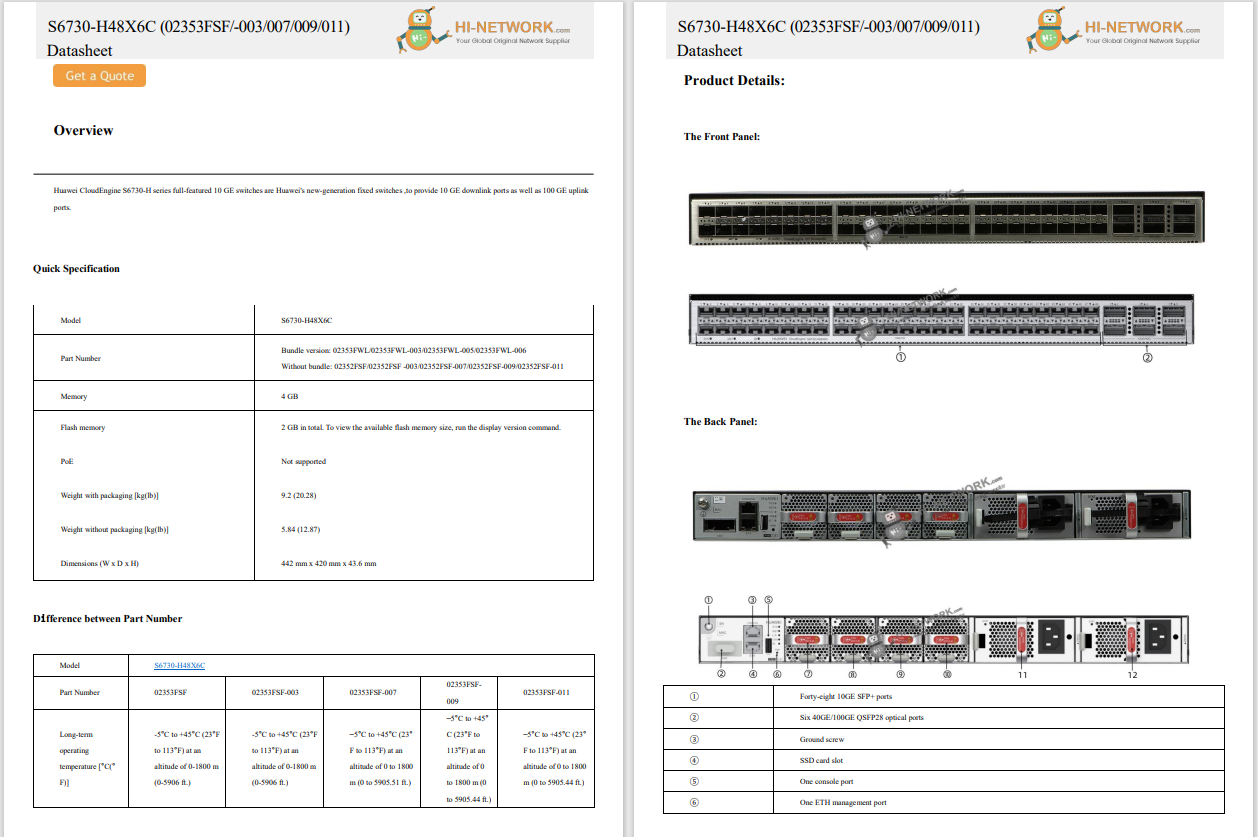
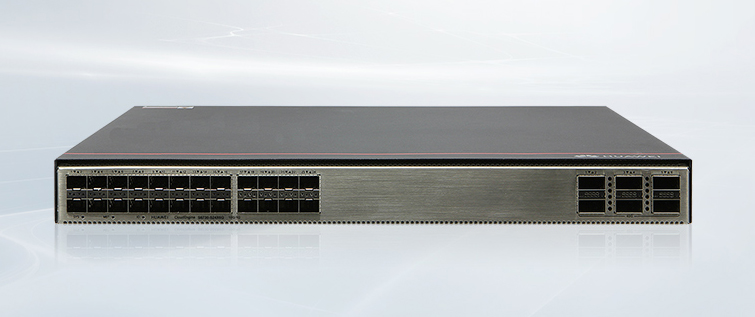



Bluetooth 6, released in late 2024, is the latest version of the short-range wireless standard. Instead of introducing faster speeds or huge improvements in range, this Bluetooth version focuses on improving accuracy and communication between devices. Here's what's new and why it matters.
Bluetooth 6 introduces Channel Sounding. This major upgrade lets two Bluetooth devices measure how far apart they are, down to less than 10 centimeters.
It uses Phase-Based Ranging (PBR) to measure phase shifts between two frequencies, and Round-Trip Timing (RTT) to track how long a signal takes to travel and return.
This is a significant leap over Bluetooth 5, which can only estimate distances to within about half a meter. With built-in protection against spoofing attacks, this precision can power things like digital keys to ensure that only the right device can unlock your front door or car.
Decision-Based Advertising Filtering (DBAF) helps Bluetooth devices avoid wasting time on irrelevant signals. By using a new packet type called ADV_DECISION_IND, scanners can quickly decide whether an incoming Bluetooth packet is worth looking at.
Before, devices had to process a lot of random advertising packets just to figure out if they mattered. With Bluetooth 6, they can filter faster and more intelligently to cut down on wasted energy, especially in crowded spaces full of other devices.
Bluetooth 6 makes it easier for a device to detect when another Bluetooth device moves into or out of range. It adds new controller-level commands and events that track these changes in real time.
This saves battery life because your phone, earbuds, or smartwatch won't need to constantly scan and guess if a device is still around. Instead, they can connect and disconnect based on actual movement and presence.
This version of Bluetooth improves how it handles large and time-sensitive data, like audio streams, by enhancing the Isochronous Adaptation Layer (ISOAL). Data is framed and split more efficiently to cut down on delays.
This means lower latency for Bluetooth audio, better performance for real-time control systems, and a generally faster experience. Bluetooth 5 can do some of this, but Bluetooth 6 tightens it up where it matters most, so that music and other audio play much more smoothly.
As Bluetooth continues to grow with more features, devices need a better way to tell each other what they can and can't do. Bluetooth 6 expands how devices share this information at the link later.
Bluetooth 6 future-proofs communication between devices to ensure that everything stays compatible as new features are added over time.
To take advantage of Bluetooth 6, you'll need a compatible device-a software update isn't enough to upgrade to the new standard. Existing laptops, phones, etc., can't be upgraded to Bluetooth 6 because support depends on both the device and its internal chip. To use Bluetooth 6, look for a mention of this version in the device's specs.
Bluetooth technology enables short-range wireless communication. One common usage is to connect a smartphone to wireless headphones for listening to music or chatting on the phone.
If you've ever linked your smartphone to your car's audio system or a GPS navigation device for hands-free calls and texts, you've used Bluetooth. It also powers the best smart speakers, such as the Amazon Echo and Google Home devices, and smart home devices like thermostats and lights.
This technology can work even through walls, but the connection will fizzle if there are too many obstructions between the audio source and the receiver. Keep this in mind when placing Bluetooth speakers around your home or office.
Does Bluetooth Use Data?Bluetooth 6's newer audio codec delivers better sound quality than previous versions. The protocol can transmit audio at up to 24-bit/192kHz.
If your smartphone isn't already Bluetooth 6-enabled, there's no way to upgrade it; you'll need to upgrade to a device that has Bluetooth 6 compatibility. For computers, you can update Bluetooth capability by installing a new Bluetooth adapter.
 Hot Tags :
Hot Tags :